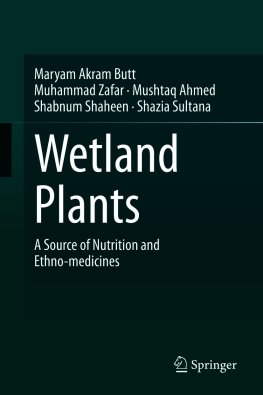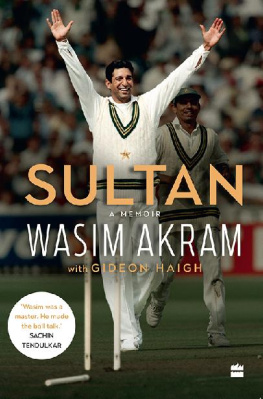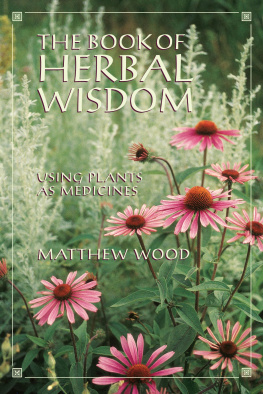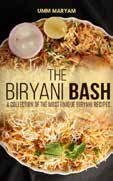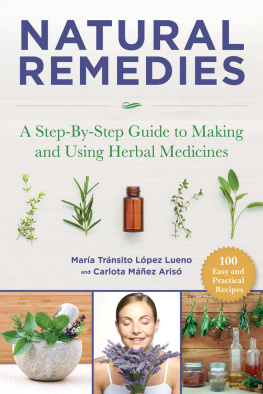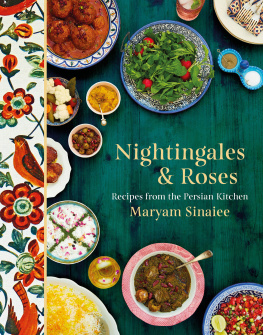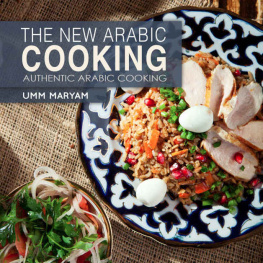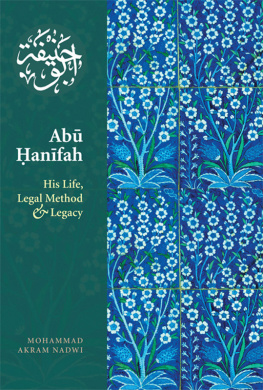Maryam Akram Butt , Muhammad Zafar , Mushtaq Ahmed , Shabnum Shaheen and Shazia Sultana
Wetland Plants
A Source of Nutrition and Ethno-medicines
1st ed. 2021

Logo of the publisher
Maryam Akram Butt
Department of Plant Sciences, Quaid-i-Azam University, Islamabad, Pakistan
Muhammad Zafar
Department of Plant Sciences, Quaid-i-Azam University, Islamabad, Pakistan
Mushtaq Ahmed
Department of Plant Sciences, Quaid-i-Azam University, Islamabad, Pakistan
Shabnum Shaheen
Department of Plant Sciences, Lahore College for Women University, Lahore, Pakistan
Shazia Sultana
Department of Plant Sciences, Quaid-i-Azam University, Islamabad, Pakistan
ISBN 978-3-030-69257-5 e-ISBN 978-3-030-69258-2
https://doi.org/10.1007/978-3-030-69258-2
The Editor(s) (if applicable) and The Author(s), under exclusive license to Springer Nature Switzerland AG 2021
This work is subject to copyright. All rights are solely and exclusively licensed by the Publisher, whether the whole or part of the material is concerned, specifically the rights of translation, reprinting, reuse of illustrations, recitation, broadcasting, reproduction on microfilms or in any other physical way, and transmission or information storage and retrieval, electronic adaptation, computer software, or by similar or dissimilar methodology now known or hereafter developed.
The use of general descriptive names, registered names, trademarks, service marks, etc. in this publication does not imply, even in the absence of a specific statement, that such names are exempt from the relevant protective laws and regulations and therefore free for general use.
The publisher, the authors and the editors are safe to assume that the advice and information in this book are believed to be true and accurate at the date of publication. Neither the publisher nor the authors or the editors give a warranty, expressed or implied, with respect to the material contained herein or for any errors or omissions that may have been made. The publisher remains neutral with regard to jurisdictional claims in published maps and institutional affiliations.
This Springer imprint is published by the registered company Springer Nature Switzerland AG
The registered company address is: Gewerbestrasse 11, 6330 Cham, Switzerland
This book is dedicated to our teachers and parents
Foreword
The Himalayan region has many wetlands of different sizes and shapes, which make it a distinctive ecosystem that fulfills an essential function in the overall water cycle of the basins. Wetlands found in the Himalayan region are important as they provide shelter and food to living organisms. Pastures on the banks of wetlands are used for grazing and have also been known as the home of several rare endemic species of fauna and flora.
The biodiversity of wetlands has great economic and aesthetic value, and this diversity is helpful in maintaining overall environmental health. Most people around the world depend on aquatic resources for food, medicines, and commercial purposes such as tourism and fishing. However, due to many reasons, these wetlands are facing serious threats. Data included in this illustrated wetland guide will help readers, regardless of their botanical background, recognize the plants included in this book.
The main purpose of this book is to explore the wetland flora of the Himalayan region, to identify those plants that are beneficial to mankind, and to inform people about the challenges faced by these wetland areas and the strategies adopted for their conservation. This book not only helps with identification of wetland plants, but also helps in conservation and protection of most valuable resources.
Maryam Akram Butt
Muhammad Zafar
Mushtaq Ahmed
Shabnum Shaheen
Shazia Sultana
(QAU, Islamabad) (QAU, Islamabad) (QAU, Islamabad) (LCWU, Lahore) (QAU, Islamabad)
Preface
Wetlands are a major feature of the landscape in all parts of the world, covering nearly 6% of its area (i.e., 8.6 million km2). They are the ecotones between terrestrial and aquatic ecosystems, have unique hydrologic functions, and are extensively utilized for the sourcing of food, medicine, etc., along with shelter, thus forming dynamic and significant ecosystems needed by all living beings. Such lands include bogs, fens, marshes, peatlands, moors, swamps, bottomlands, and mangrove forest areas that may be wet year round or during certain periods of time.
Unfortunately, most wetlands and water bodies are under increasing threats as they are drying up rapidly due to various man-made impacts. Many of them are now transformed into other land forms, such as paddy fields, human settlements, and sites for developmental projects. These aquatic life forms play an important role in supplementing human diet and nutritional balance; besides, they also support the livelihood and income of a considerable section of society living around them. Unfortunately, there is little recognition of wetland landscapes for their current and potential value in supplying dietary food items. As 38% of wetlands in the country have been lost in the past 10 years and many more are under threat, there is a need to take up ethnobotanical surveys of important resources that are used locally so that an action plan can be developed to protect the ones in extensive use.
The aim of this book is to identify the most common edible wetland plant species that are either used for food or medicinal purposes or both, the nutritional values of edible wetland plants, and species that need immediate attention for conservation as per local perception as well as based on the extent of the pressure. It is expected that this study will not only document the local knowledge for the use of these plants, which may be lost in the near future as traditional cultures are eroding day by day, but also help in maintaining a linkage between local culture and its ecosystem, which is of utmost concern for the conservation of the local environments.
This volume provides complete, comprehensive, and broad subject-based reviews for students, teachers, researchers, policy makers, conservationists, and NGOs interested in the field of biodiversity and conservation of wetland plants.
Maryam Akram Butt
Muhammad Zafar
Mushtaq Ahmed
Shabnum Shaheen
Shazia Sultana
Acknowledgments
We wish to express our gratefulness to all the authors who have contributed in this book. We thank them for their cooperation and erudition. We also thank several colleagues for their help in many ways and for their suggestions from time to time during the finalization of this book.
We are greatly thankful to the valuable assistance of Dr. Mir Ajab Khan, Ex Dean, Faculty of Biological Sciences, Quaid-i-Azam University, Islamabad, for his kindness, love, immense help, valuable guidance, keen interest, and encouragement throughout our field work. Thanks to the local people of study area for making us aware of folk uses and vernacular names of different plant species.
We wish to express our gratefulness to our respective family members for their cooperation during collection of plants. We are also thankful to all those who could not be mentioned individually, but their direct or indirect help is highly appreciated.

